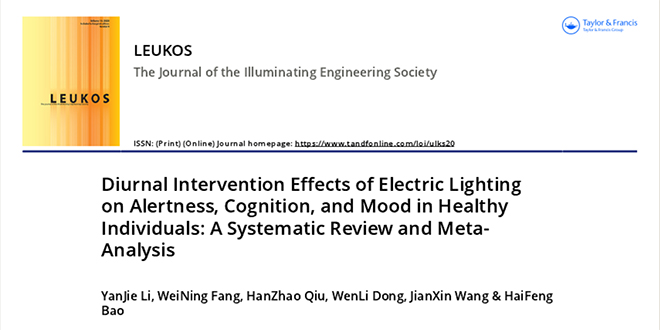The Fascinating Phenomenon of Bees Attracted to Light: Understanding Their Behavior and Impact on Ecosystems
**Bees Attracted to Light** (蜜蜂被光吸引)#### Introduction to Bees and Their Unique BehaviorsBees are remarkable insects known for their crucial role in pollinat……
**Bees Attracted to Light** (蜜蜂被光吸引)
#### Introduction to Bees and Their Unique Behaviors
Bees are remarkable insects known for their crucial role in pollination and their complex social structures. Among the many intriguing behaviors exhibited by bees, one that has garnered attention is their attraction to light. This phenomenon, often observed during twilight or in artificial lighting conditions, raises questions about the underlying reasons for this behavior and its implications for their survival and ecosystem health.
#### The Science Behind Bees Being Attracted to Light

The attraction of bees to light can be attributed to several factors. Firstly, bees possess compound eyes that are sensitive to ultraviolet (UV) light, which is invisible to humans. Flowers often reflect UV light, making them more appealing to bees. However, artificial lights can also emit UV wavelengths, inadvertently drawing bees toward them. This attraction can lead to disorientation, as bees may mistake artificial lights for natural sources of food or navigational cues.
#### The Role of Light in Bee Navigation
Bees rely heavily on natural light cues for navigation. They use the position of the sun and polarized light patterns in the sky to orient themselves and locate their hives or foraging areas. Artificial lights can disrupt this navigation system, causing bees to become confused and lose their way. This disorientation can have serious consequences, especially in urban areas where artificial lighting is prevalent.
#### Impact on Bee Populations and Ecosystems

The phenomenon of bees being attracted to light not only affects individual bees but can also have broader implications for bee populations and ecosystems. Disorientation caused by artificial lights can lead to increased mortality rates, as bees may struggle to return to their colonies or find food sources. This decline in bee populations can have cascading effects on plant pollination and biodiversity, as bees are essential pollinators for many crops and wild plants.
#### Mitigating the Effects of Light Pollution on Bees
To protect bees and mitigate the effects of light pollution, several strategies can be implemented. For instance, using bee-friendly lighting options, such as warmer-colored lights that emit less UV radiation, can help reduce attraction. Additionally, creating awareness about the importance of reducing artificial light during peak bee activity times can contribute to their conservation.
#### Conclusion

Understanding the behavior of bees attracted to light is crucial for their conservation and the health of our ecosystems. By recognizing the impact of artificial lighting on these vital pollinators, we can take steps to create a more bee-friendly environment. As we continue to study and learn about the intricate lives of bees, it becomes increasingly important to consider how our actions, including the use of light, can either support or hinder their survival. Protecting bees is not just about preserving a species; it is about maintaining the delicate balance of our natural world.